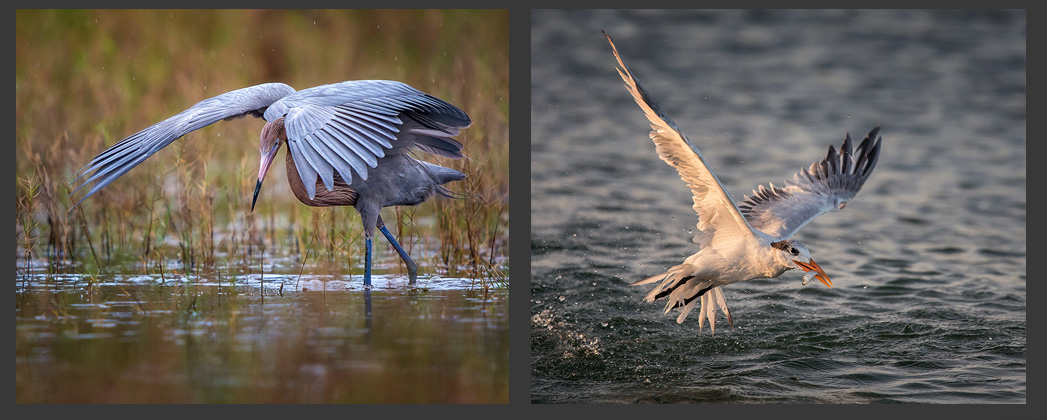Milos
Member
Just curious what is the best option when a bird is too far.
Use full frame and crop.
Use full frame with TC
Use crop sensor
Use full frame and crop.
Use full frame with TC
Use crop sensor
If you would like to post, you'll need to register. Note that if you have a BCG store account, you'll need a new, separate account here (we keep the two sites separate for security purposes).
Whatever you have on you is the best option at that timeJust curious what is the best option when a bird is too far.
Use full frame and crop.
Use full frame with TC
Use crop sensor
Too far = no photo.Just curious what is the best option when a bird is too far.
Use full frame and crop.
Use full frame with TC
Use crop sensor

let me return the question, are you happy with cropping in post per today? If so, question answered, if not, equally answeredJust to clarify. When I said full frame and crop I meant to crop in post processing.
As far as too far. I meant if I still get a beautiful picture after cropping. In other words, if I fill let's say half of the frame.
cropping in post and Dx mode will give you very similar results. Dx mode may be better AFI am just trying to see what gets you the best result. Obviously if I crop in post processing and I am happy it is fine, but if I would have used TC and I would not need to crop. Would it get me better result? The same goes for a crop sensor.
see post #5.....
For difference between TC and cropping, Steve had an excellent video on this
A TC let you keep having the same MPx with a bit more DOF but with a bit of loss in light.cropping in post and Dx mode will give you very similar results. Dx mode may be better AF
For difference between TC and cropping, Steve had an excellent video on this
Would you have a link for the video?cropping in post and Dx mode will give you very similar results. Dx mode may be better AF
For difference between TC and cropping, Steve had an excellent video on this
Starting with the basics, cropping in-camera and cropping the same amount in post is the same from an image quality standpoint. Though there’s more compositional flexibility and less risk of things like clipping wingtips when cropping in post. So there’s no quality difference between in-camera vs cropping in post if the amount you crop is the same.I am just trying to see what gets you the best result. Obviously if I crop in post processing and I am happy it is fine, but if I would have used TC and I would not need to crop. Would it get me better result? The same goes for a crop sensor.
See post #5...............Would you have a link for the video?
I am planning to use 1.4 TC on my Z8 with 180-600 lens.You don't specify (unless I missed it) what camera system you are using (eg DSLR or Mirrorless). Here is my personal experience, which seems to be backed up by what others have posted here and elsewhere.
DSLR: 1.4x teleconverters work well with professional telephoto lenses, but not necessarily with consumer grade zooms (if there are any of these that even accept a teleconverter). 2x teleconverters are not sharp enough to be worth using on any lens.
Mirrorless: 1.4x teleconverters the same as above. 2x also work well with 70-200 f2.8 zoom and with fixed (non zoom) telephotos, but not with other zoom lenses (eg Nikon 180-600, Sony 200-600, etc).
